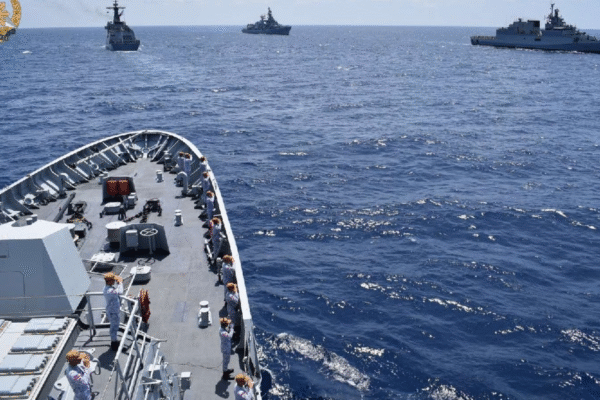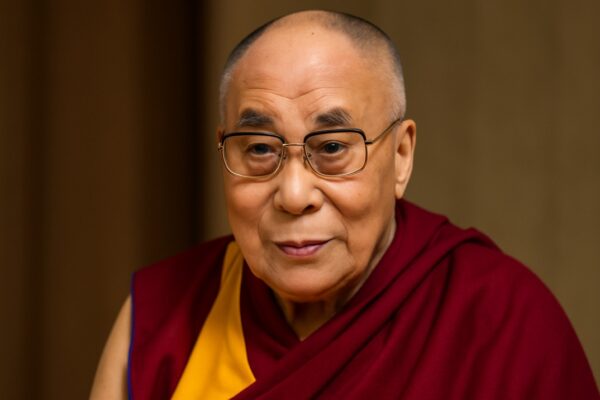Philippine defense chief condemns Chinese activity near Second Thomas Shoal
China has deployed an array of armed coast guard forces near the disputed Second Thomas Shoal in the South China Sea — one in a series of Chinese actions that the Philippines’ defense chief on Friday called “a matter not only of concern but of condemnation.” Philippine Defense Secretary Gilberto Teodoro spoke Friday during a joint press conference with Richard Marles, the defense chief for Australia, as the two countries engaged in combat drills that began Aug. 15 and worked toward an enhanced joint defense pact. “We work really closely with the Philippines in terms of asserting the rules-based order in the South China Sea,” Marles said. “That’s really important for us to jointly do.” The Philippine military reported this week that China has deployed coast guard and militia ships in the area, as well as a cadre of speedboats, some fitted with high-caliber machine guns. A helicopter and a drone were also reported in the area. According to the Philippine report, one of China’s boats came within 50 meters of the Sierra Madre, a warship that the Philippines deliberately grounded in 1999 to serve as a base of operations on Second Thomas Shoal. Two Filipino boats were deployed to keep the Chinese from coming closer, the Philippine military said. Philippine Defense Secretary Gilberto Teodoro, right, shakes hands with his Australian counterpart Richard Marles prior to their meeting at a hotel in Makati, Philippines, on Friday, Aug. 22, 2025. (AP Photo/Aaron Favila)(Aaron Favila/AP) China’s coast guard on Friday released a statement warning the Philippines to “immediately stop all infringement activities, provocations and false accusations” in the area, saying it would continue to “carry out law enforcement activities.” The Philippines and China have long fought and negotiated over territory in the South China Sea. Second Thomas Shoal sits within the Philippines’ U.N.-defined exclusive economic zone. It’s also within the wide swath of the sea that China claims as part of its maritime territory. In March, the Philippines accused China of “deceptive messaging” after state-run television accused the Philippine military of burning trash aboard the Sierra Madre. Last June, members of China’s coast guard used pikes and machetes to puncture Philippine boats and seized firearms during a Philippine mission to resupply the Sierra Madre. By December, China said it had granted permission for such resupply missions on humanitarian grounds. Philippine fishermen told RFA’s BenarNews last year that the heavy presence of Chinese vessels caused them to send out fewer boats, leading to a reduced catch and economic hardship. Includes reporting from The Associated Press. We are : Investigative Journalism Reportika Investigative Reports Daily Reports Interviews Surveys Reportika








